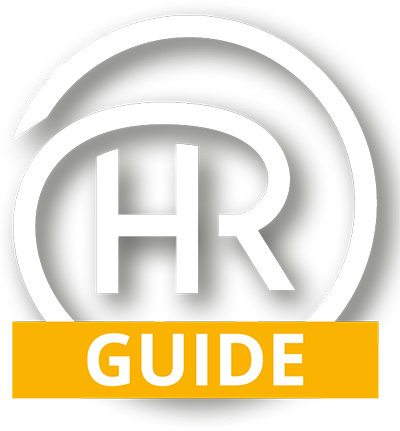Managing Grievance – Introduction and Overview
Written by Andrew Johnson, Founder and CEO HRGuide - Wed 23rd Oct 2024
Introduction - It is a legal requirement for all organisations to follow minimum grievance procedures. The statutory grievance procedure has three steps:
- the employee informs the employer of the grievance in writing, a meeting is held to discuss the grievance and there is an appeal, if requested
- It is essential that grievances from employees are treated in the same fair manner and
- that employees must know to whom they can turn in the event of a grievance.
Overview - Most employees are entitled by law to a written statement setting out the main particulars of their employment within two months. As well as information on pay, hours, holiday entitlement and pensions the statement must cover a note giving details of the employer’s grievance procedures. The note must:
- specify the person to whom the employee can apply and the manner in which an application should be made if the employee is seeking redress of any grievance relating to their employment.
- cover any further steps which follow from making any such application.
So, it is essential that every employee receives a contract of employment and a copy of the Grievance Procedure. (Download our Grievance Procedure at www.hrguide.co.uk)
This procedure would normally be one of a number of policies and procedures you would provide as part of your employee handbook. It is best practice to ask every employee to confirm with a signature they have read and understood these polices on receipt of their handbook.
Grievance policy and practice
It is essential that grievances from employees are treated in the same fair manner. Failure to address grievances leaves employees with ‘residual anger’ and can lead to general unrest and disputes in the workplace. Employees must know to whom they can turn in the event of a grievance and the support, such as counselling or sources of advice that is available to them. All line and senior managers must be familiar with their organisation’s grievance procedure.
Handling grievances informally
Individuals should be encouraged to discuss ordinary, day-to-day issues informally with their line manager. This helps concerns to be heard and responded to as soon as possible. Where this has been unsuccessful, or circumstances make this route inappropriate for the individual, then matters should be raised formally through the grievance procedure.
Handling grievances formally
Employees should also be aware of the formal route open to them, including:
- the three stages of the statutory procedure and any further elements of the organisation’s additional procedures
- with whom to raise the complaint and appropriate sources of support
- timescales within which the organisation will seek to deal with the complaint.
- details of the stages of the grievance procedure e.g. how a complaint may be raised with the next level of management if a satisfactory resolution is not reached.
An employee should be given the right to be accompanied to grievance hearings by a colleague or trade union representative as explained above.
Record-keeping
All records should be kept meticulously, as this will be vital should a case be perused at an employment tribunal. Since the burden of proof is on the employer to show that the grievance was managed objectively and fairly, keeping records is vital. Type of records that should be kept by employers are minutes of meetings, attendance, notes of telephone calls, copies of correspondence etc.
Handing Grievance interviews
All line managers should be trained and supported so that they are able to carry out grievance meetings with their team.
It's important to have a reliable Grievance Policy and Procedure outlined in your employment handbook. This ensures everyone is aware of how an employees’ grievance procedure operates.
Download our more detailed step by step HR How to Guide for more detail on managing grievances by subscribing to https://www.hrguide.co.uk/subscribe.php
If our step-by-step HR How to Guide doesn’t give you the support you need, simply call us on our HR Helpline for expert advice.

